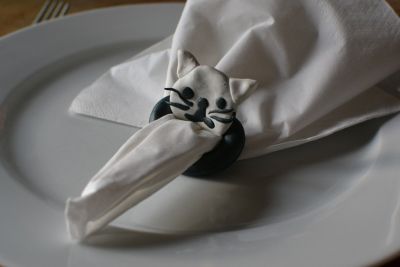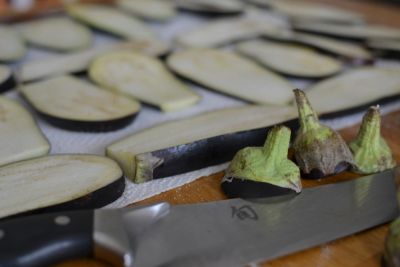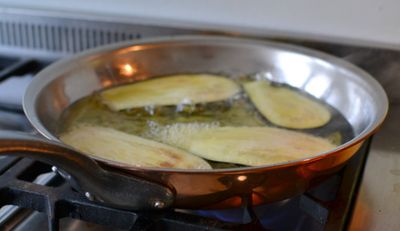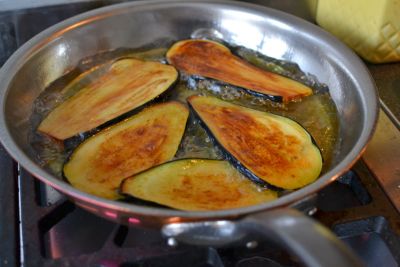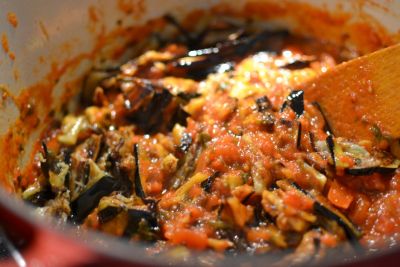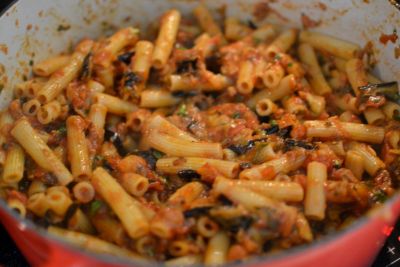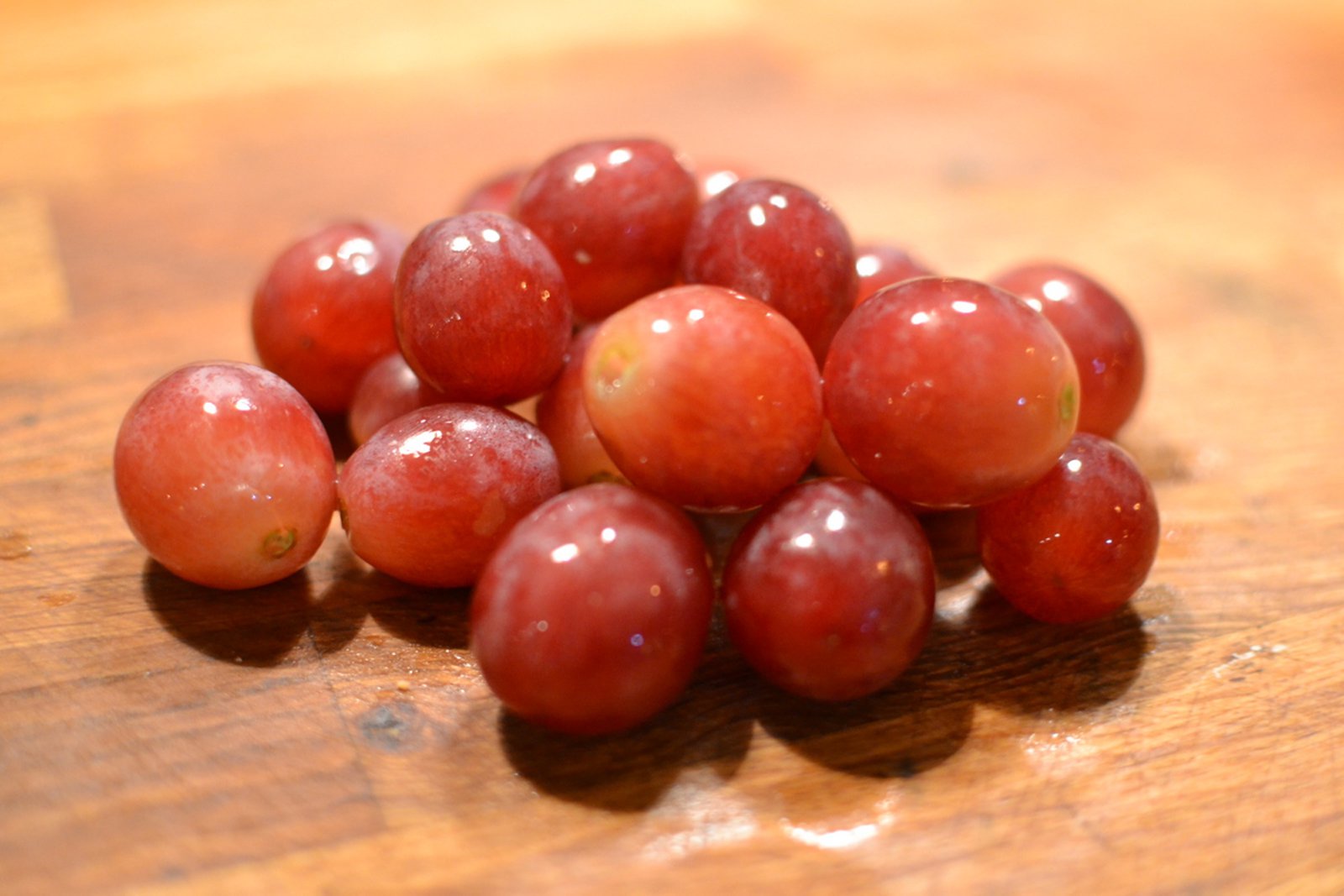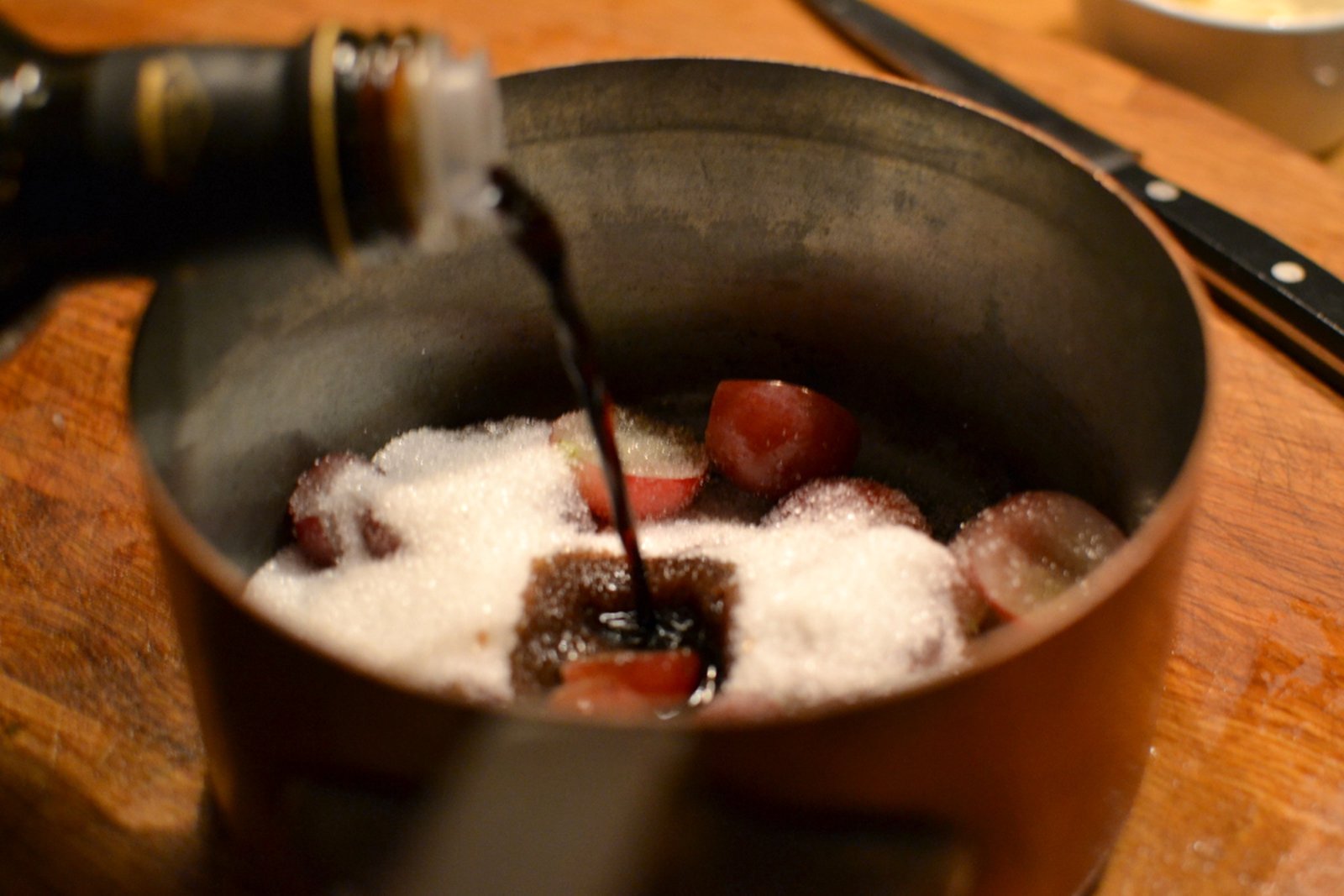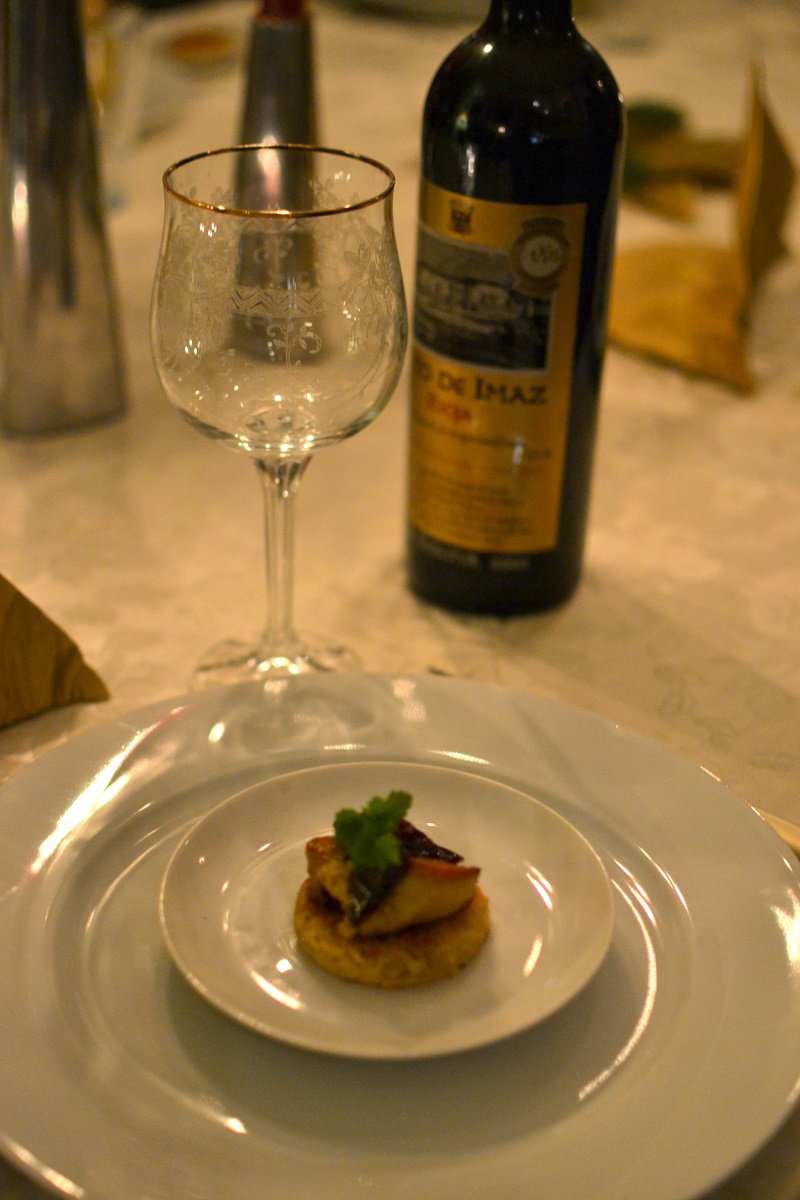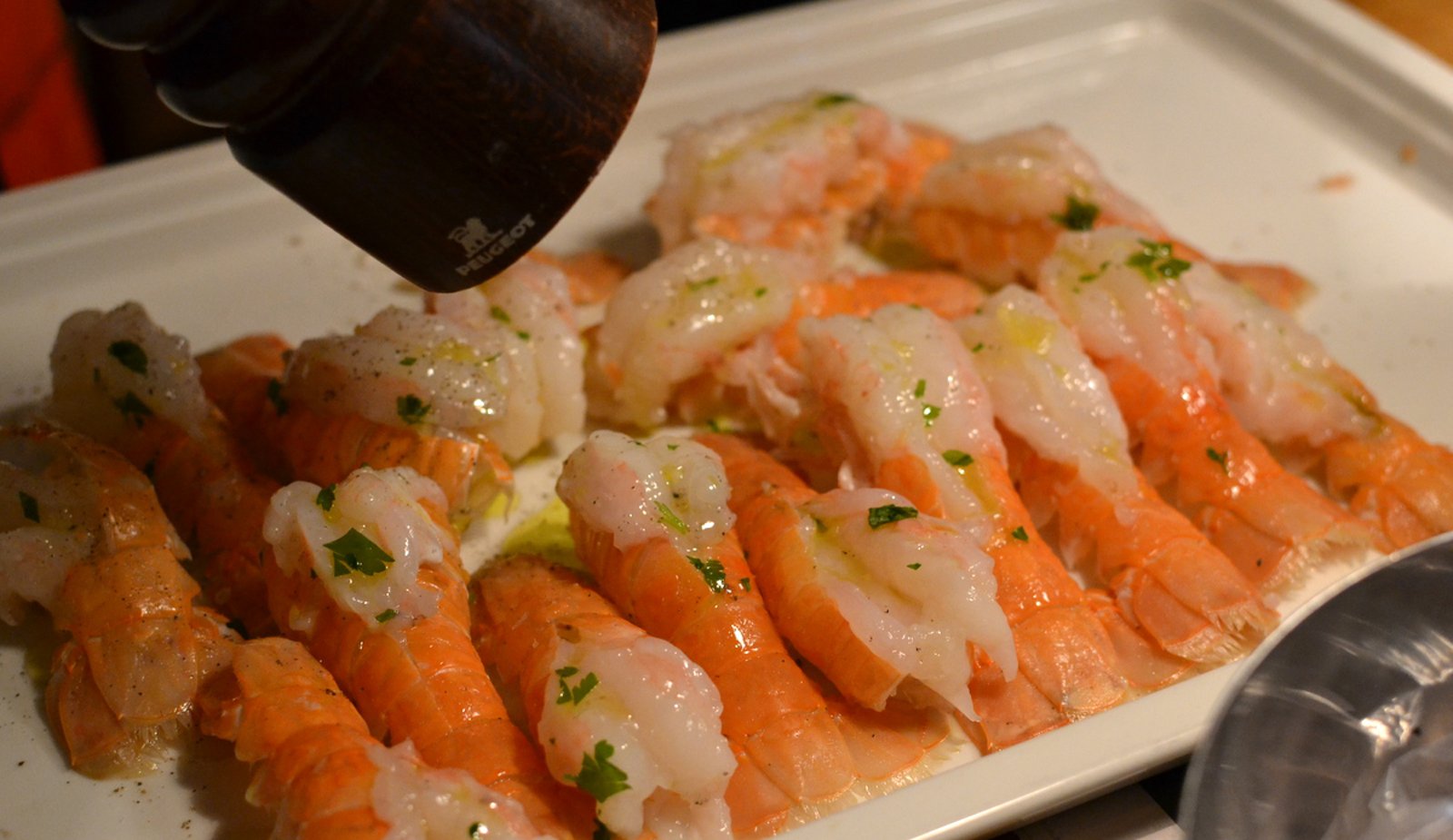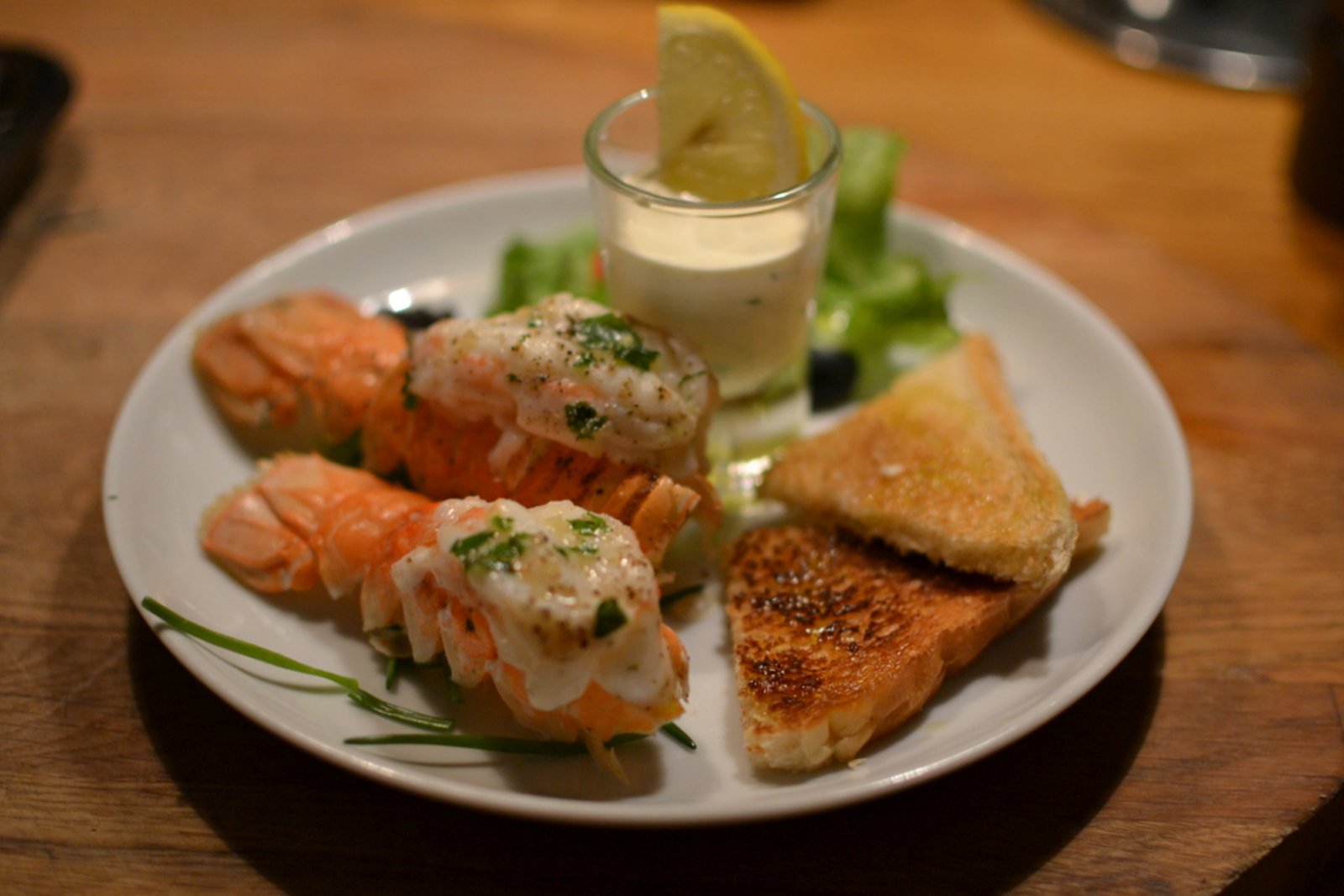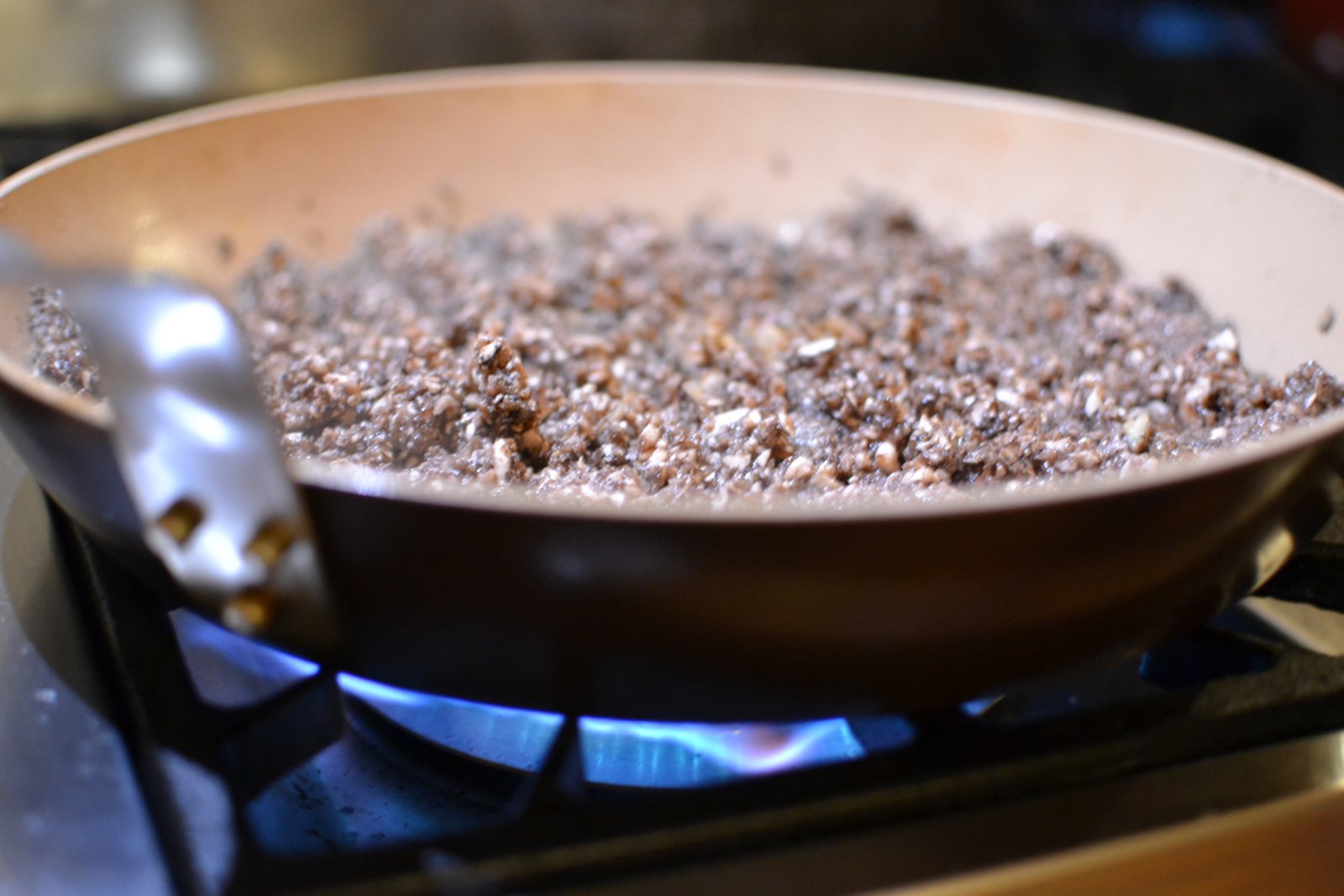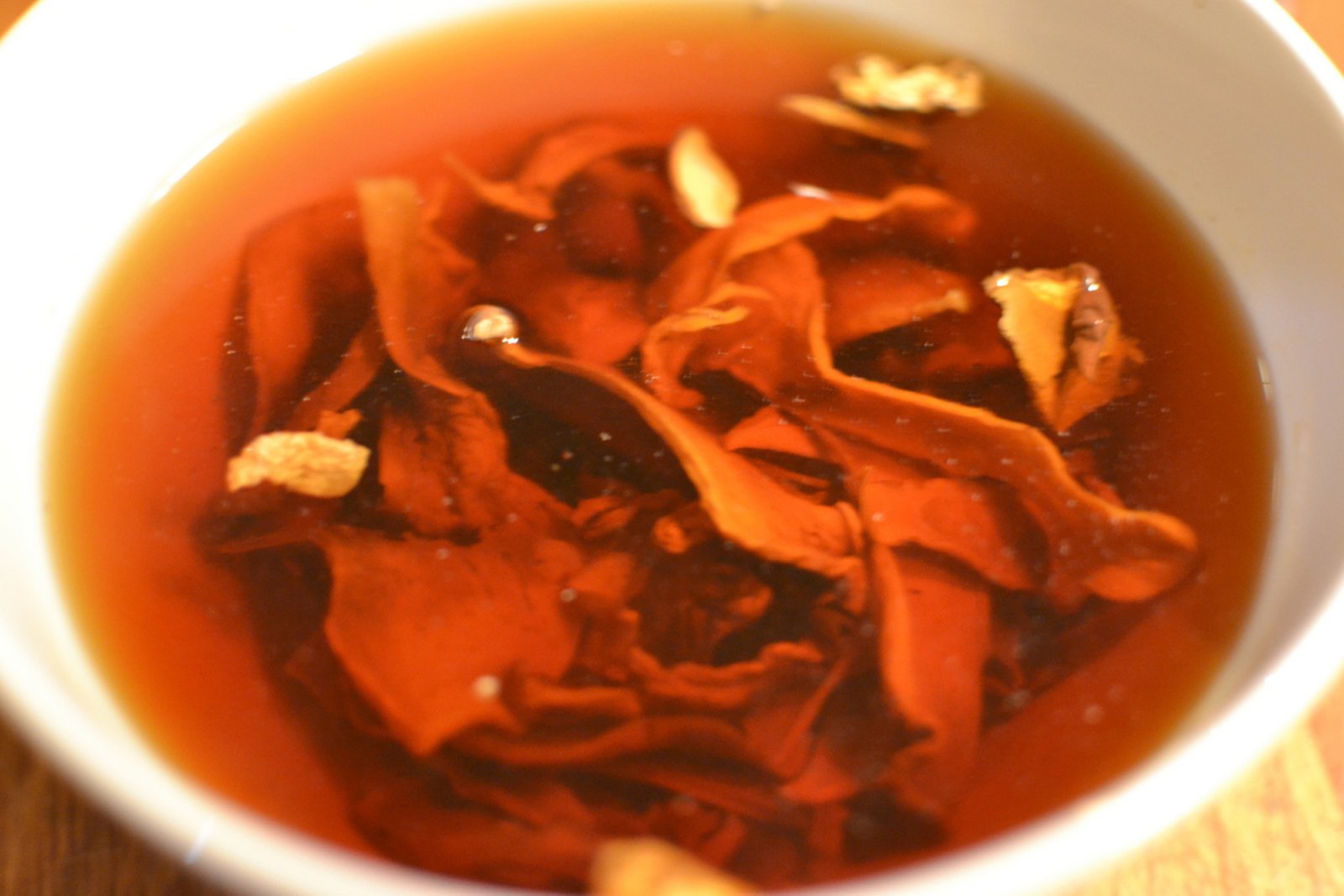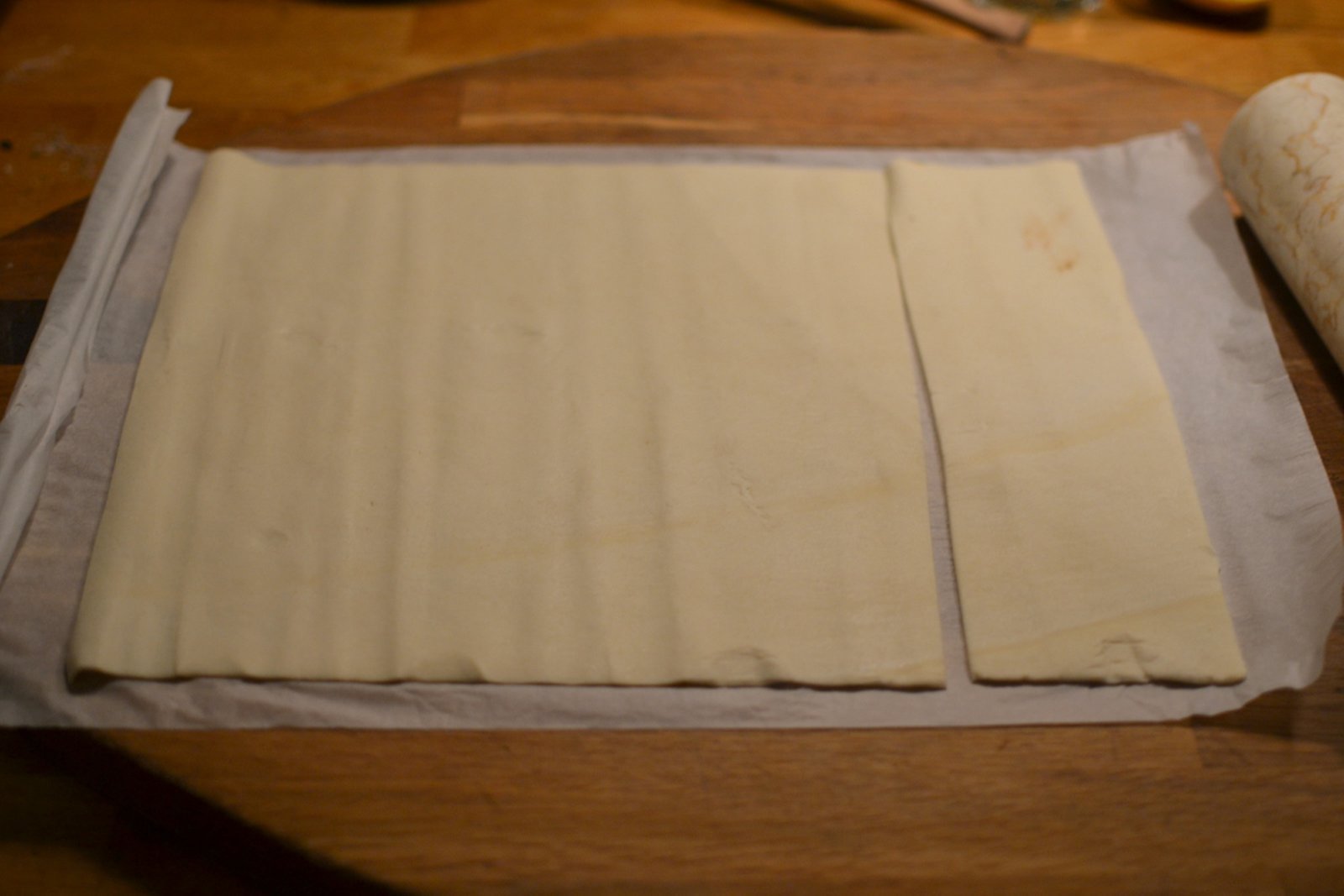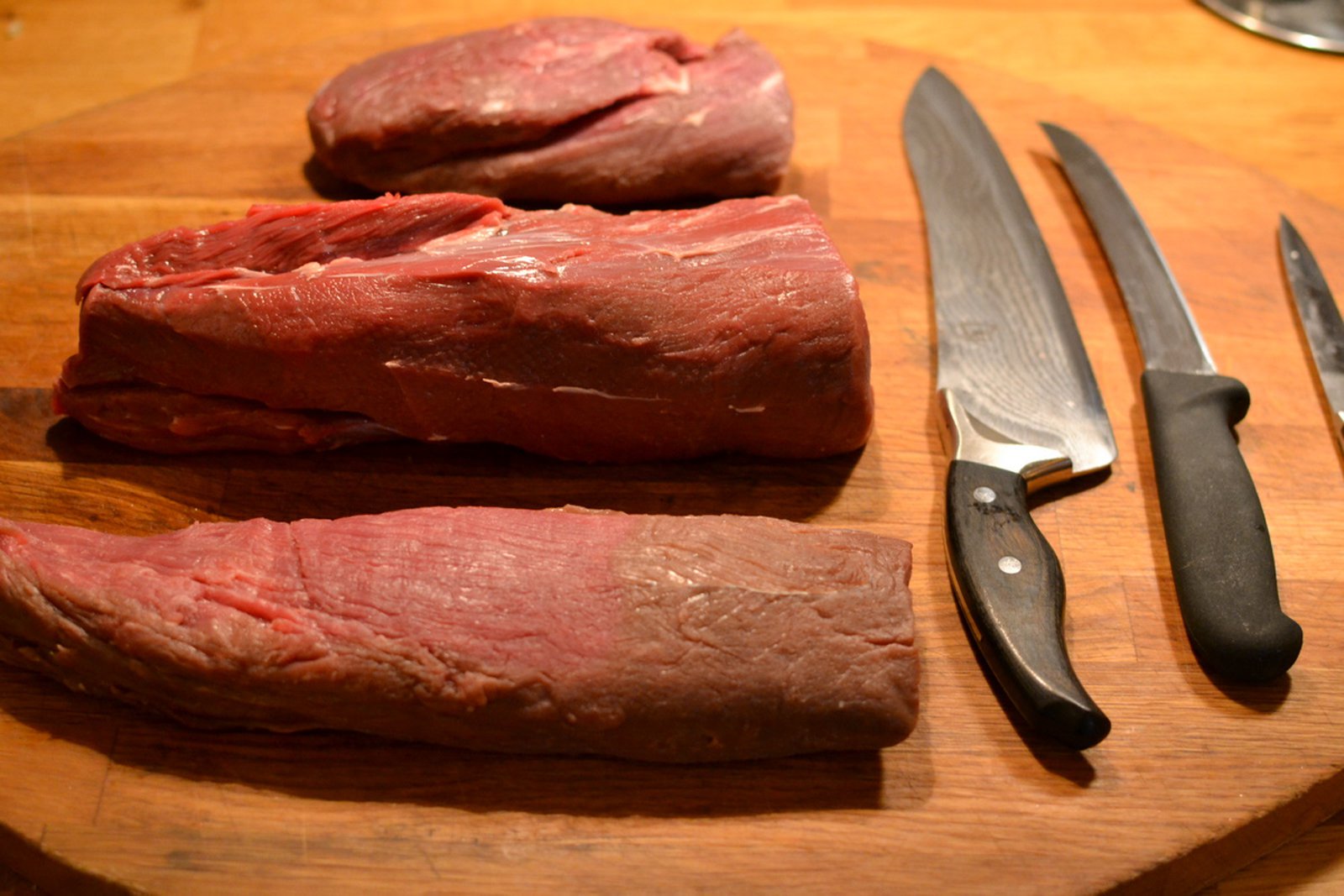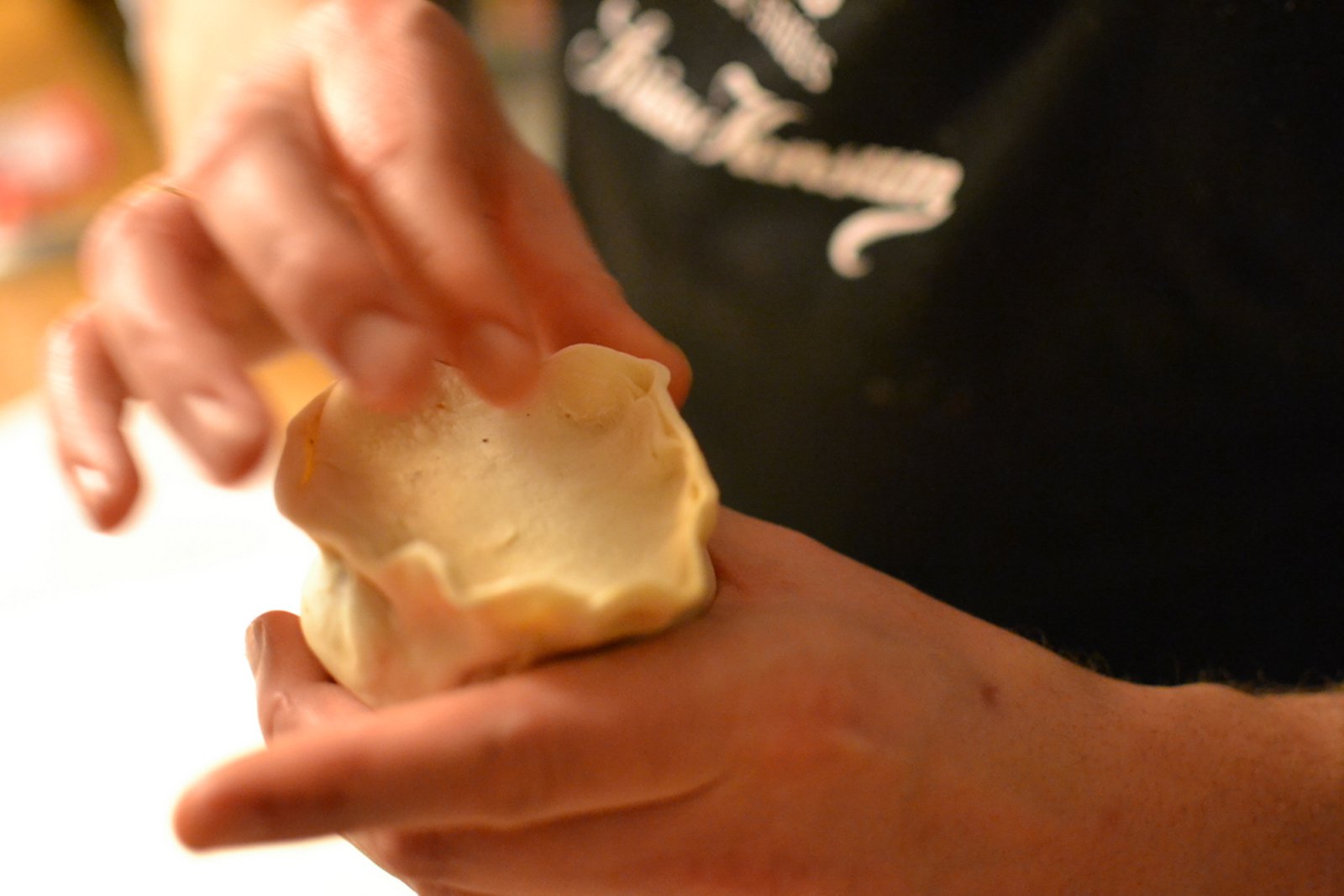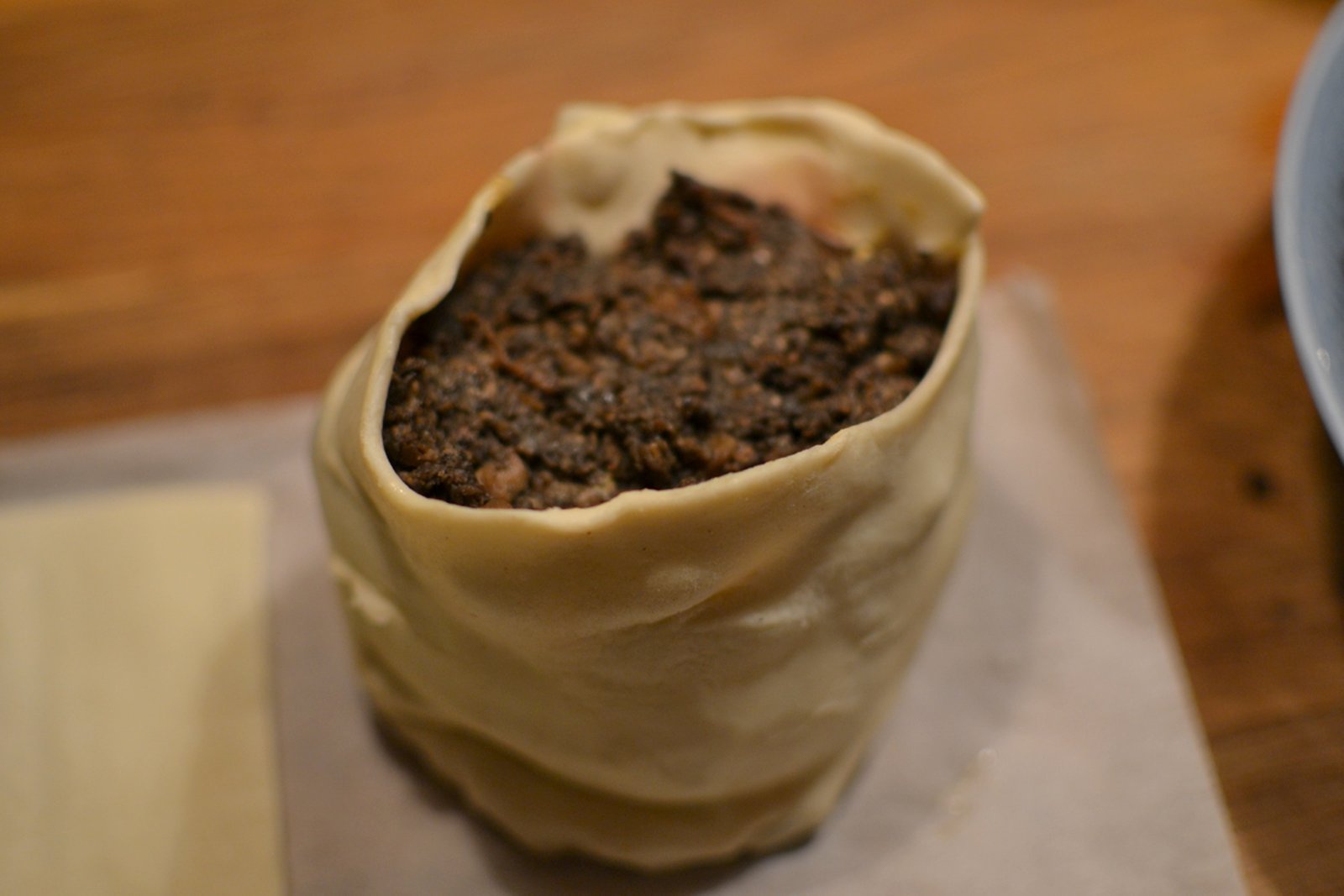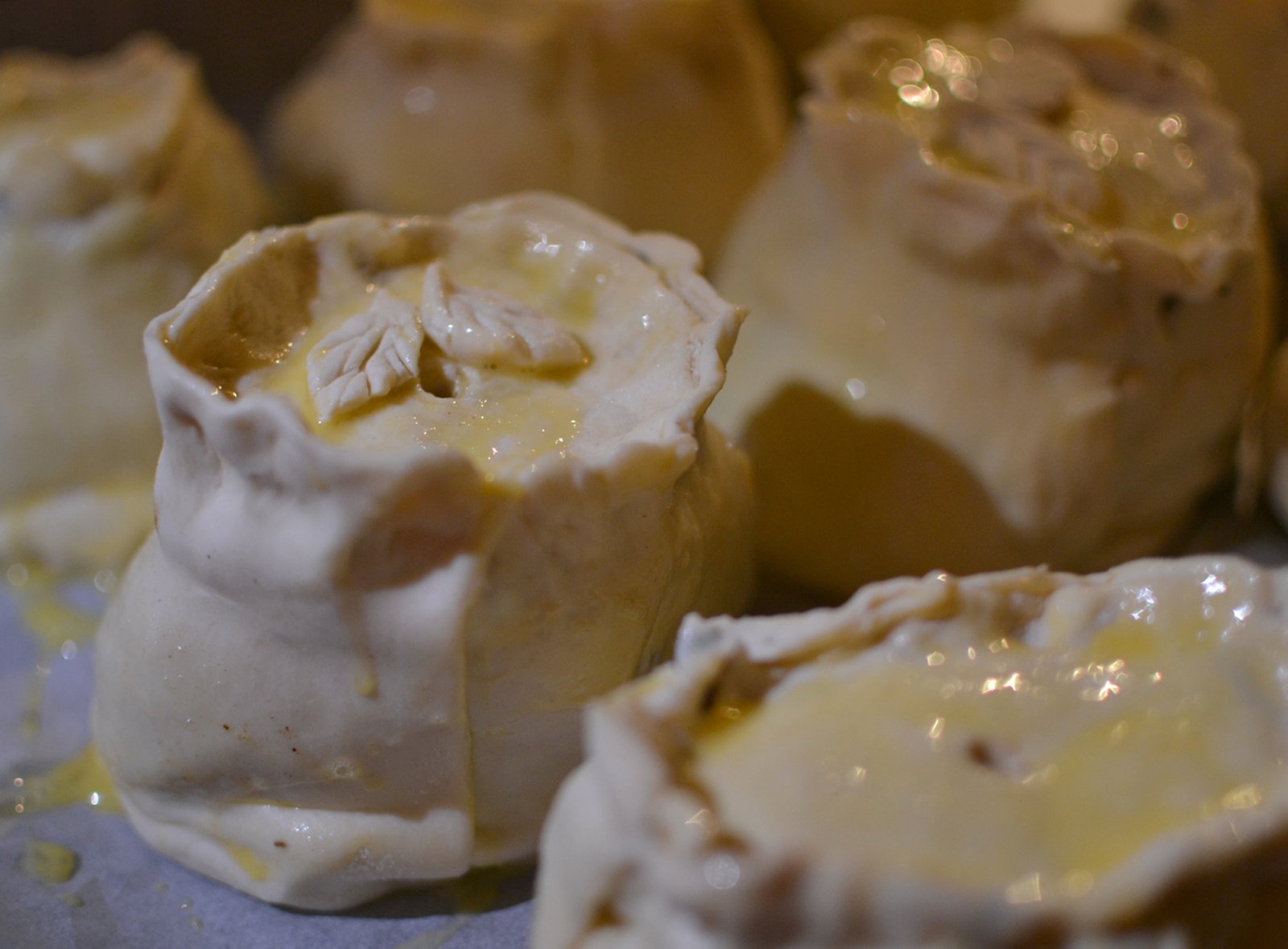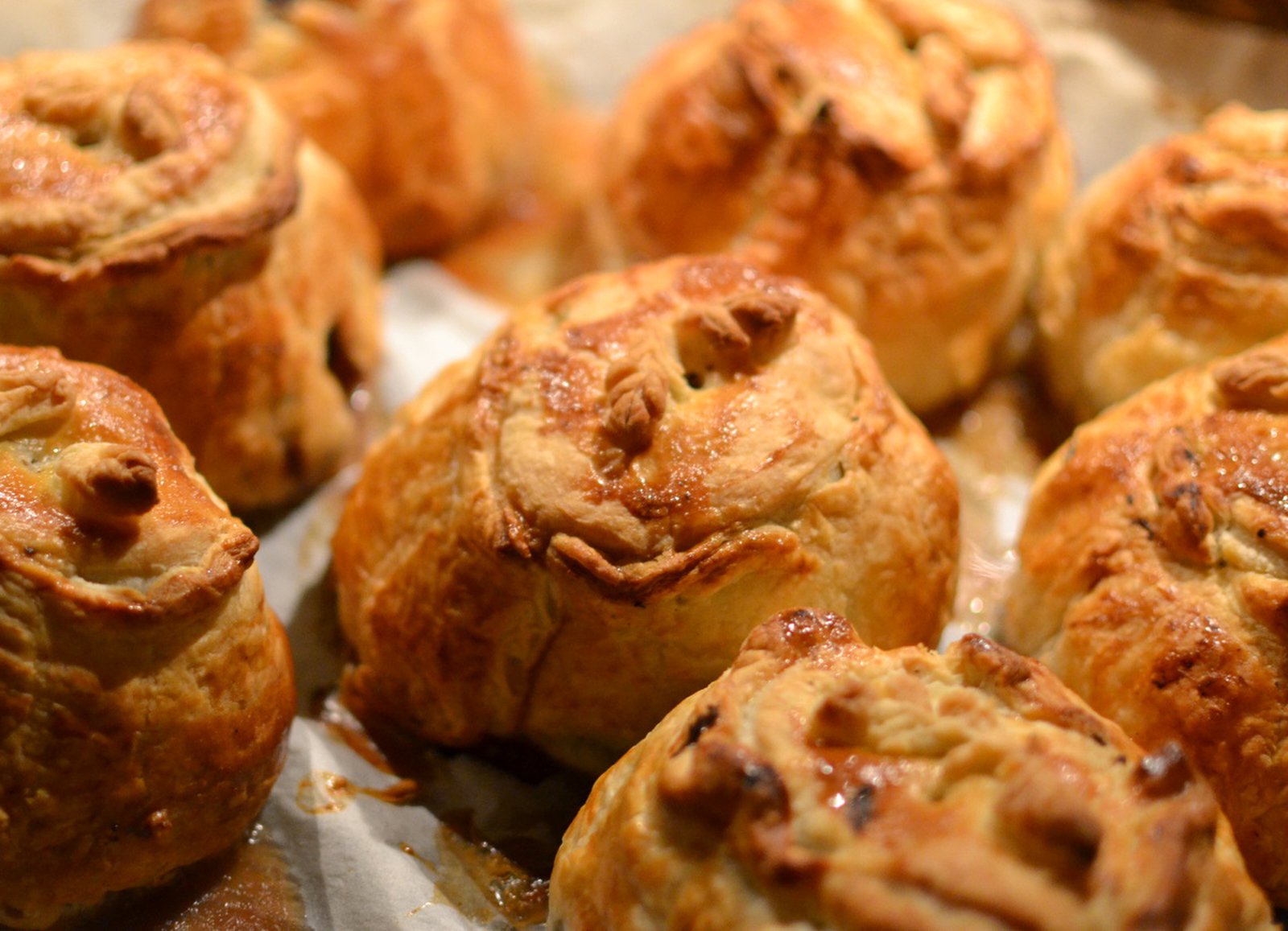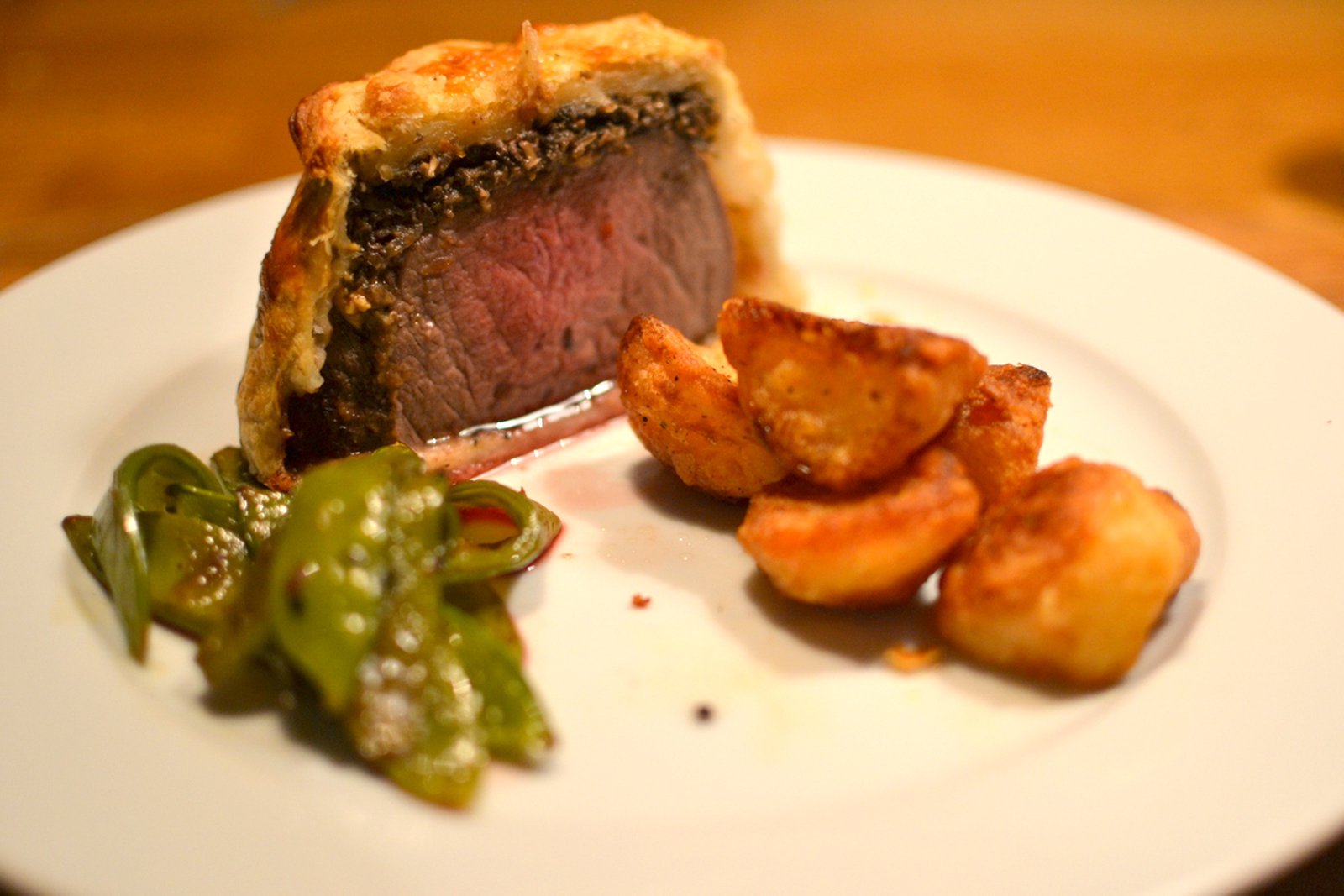I blogged about this magnificent meal on my Icelandic site just after the New Year - translated it a few days later. I had blogged about quite a few festive meals and was feeling a little guilty blogging another calorie-explosion. But that is what the holidays are all about. Massive festive meals - and all of them are so good. It would have been much more politically correct, in the spirit of all new years resolutions, to start the new year with a sound and cleansing meal. To turn the page. But this meal was just so darn amazing that not to report it would have been a crime - at least in some remote countries. So I could not resist.
On the other hand - we have been minding the calorie counter these past few days. Last year we made a pledge - a pledge to cook more healthy food, to cater to a sounder palate, cook more vegetable dishes and we have been true to that cause - at least in some part. Maybe I could have been more diligent to blog these effort on my blog. Some have come forth. Last monday I made a robust Pasta Puttanesca with tomatoes, kalamata olives, salty anchovies, garlic and handful of fresh herbs - really good. Last evening my brother made a Minestrone soup that would have blown your mind and that can be considered healthy. This should of course be announced on my blog.
Anyways, I'll return to that later. Now it is time to tend to the new year's eve cuisine! Our house in, Pukgränden street, was full of welcome guests. My parents have been here since before Christmas and a few days before the New Year my father in law arrived. So the house was jam-packed - the more the merrier I say! Everything went well, in spite of a high concentration of "in-laws" and everyone was on their best behavior. After dinner we went outside to shoot of some fireworks (all Icelanders go mad for this) and the weather was at it's best as well to cater to this bizarre custom! After the new year there was a party at a neighbour's house - all was well - drunk, cosy and merry - as it should be!
The food I cooked was not so different from what I have done in the past. The difference was in the details. The quality of the foie gras has never been better - and this time I prepared some jammed grapes to go with it. We made lobster and reconsidered the cold sauce. The main course this year was a filet mignon which I prepared in smaller bits rather than as a whole. Also the duxelle mushrooms were spiked with some wild mushrooms that I picked early this fall. Amazing bolete mushrooms that we had dried and stored.
New Years Eve: Two appetizers; lobster & foie gras then Beef Wellington with oven roast potatoes and amazing red wine
Well let's get started - there is nothing to wait for...is there?
Appetizer number one. Wonderful carmellized foie gras on garlic toast with jammed balsamic grapes.
The first thing was to clean some red stone free grapes under the tap and slice down the middle.
Then you put a handful of grapes in a pot, add equal amounts of sugar, 2 tablespoons of balsamic vinegar and cook to a boil and then allow to simmer until all the fluid has evaporated and all left is some sticky sugary grapes.
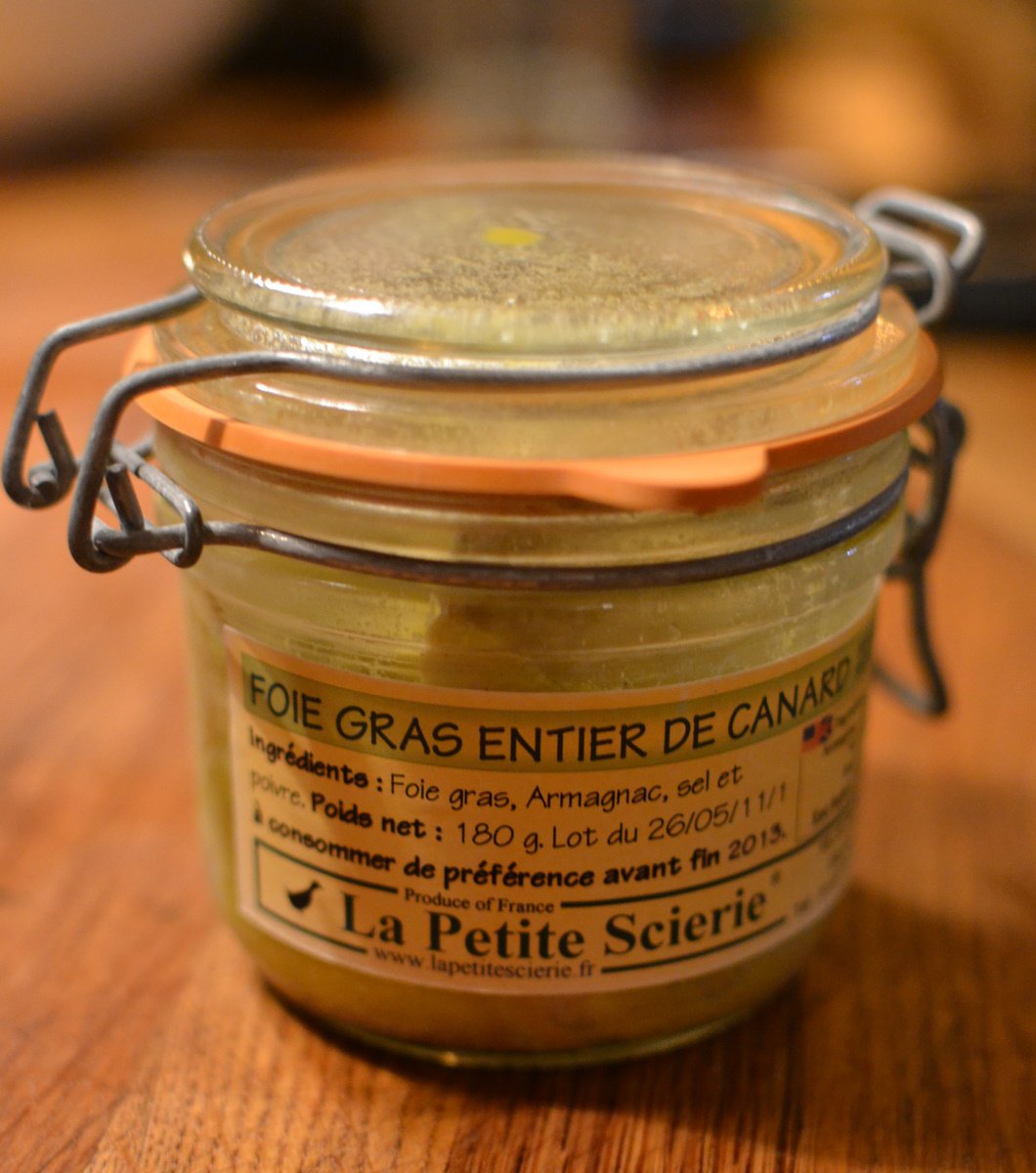
While on holiday in Paris I had purchased a small jar of premier quality foie gras. We were on a romantic trip in early june in the city of lights and walked through the entire city. Amongst other tourist sites we passed the Notre Dame which is situated on a small island in the river Seine. Behind it is an another island, Ile de la Cité, a little larger. There stopped outside this small lovely store and the storekeeper, this charming french lady, called to me. She spoke good english and offered me to try her foie gras accompanied with some wonderful Sauterne wine. She told me all about how the foie gras was produced, how the ducks were humanly treated and showed me photos from her farm. So with good conscience I bought this 180 gr. jar of foie gras with the intent to store until this evening.
With this type of quality produce - the key is to do as little as possible. The bread was fried gently in some garlic oil and then placed on a plate. The liver was sliced into pieces and then fried in its own fat, just to brown its outside. The liver is just placed on dry frying pan - it will let out a lot of fat because of its high fat content. It is essential to work decisively and not take our eyes of the pan. It is customary to spoon over the melted fat over the liver after it has been turned to make sure nothing goes to waste.
All that remains is to plate up. Tilt the liver on top of the bread. Place a couple of grapes on the liver and decorate with a some flat leaf parsley.
We should have served some sweet white wine with this dish but sad to say we forgot to buy it. In its stead we served some Cote de Imaz Gran Reserva from 2000. In hindsight it turned out really well. This is a good bottle of wine, dark to the eye. Mature on the nose, a firm scent of dark grapes. The taste - quite intense, spicy, dark fruit and a long finish. Excellent.
Appetizer number two. Oven-grilled lobster with a cold garlic sauce
Serving two appetizer might seem sophisticated and bourgeoise or the result of extreme decision related anxiety. And I had quite a lot of lobster in the freezer which I had obtained on my last trip to Iceland. Actually these are longustines but as we Icelanders to at time suffer from an inferiority complex we call them lobster (we are only 320 thousand you know). So the results were in - I made two appetizers - after all New year comes but once a year.
As you see on the photo we only use the lobster tail - what happens to the head I don't know, but it is in the tail all the best lobster meat can be found so I am content. We cut up the back of the tail, cleaned out the gut with small tongs, the broken the ribs so the lobster can be lifted out of its shell and placed on top of it again - resting so to speak.
My father was mostly responsible for attending to this dish. He, like me, really enjoys playing in the kitchen. First we brushed the lobster with some garlic butter and then grilled under the oven grill for a few minutes until cooked. Served with half a slice of toasted bread and a smooth white sauce made from half a cup of creme fraiche, 1/2 cup mayonnaise, 2 minced cloves of garlic, pepper, salt, tsp. of syrup tho balance the taste. And a little bit of chopped flat leaf parsley and don't forget to include a small slice of lemon.
The Main course: Single portion Beff wellington with duxelle mushrooms, wild mushroom sauce, oven roast pototes and excellent red wine
I have on several occasions prepared meat packaged in pastry. This has usually been a yearly event - mainly around the holidays and I have written about it on my blog. It is quite "fancy" to serve a juice cut of meat this way. It looks very appetizing enveloped in crusty butter pastry all golden brown and lovely. Off course it is quite fatty but festive food calls for a bit of fat, doesn't it?
As I mentioned I usually do whole steaks in this fashion but now I wanted to do it a little differently.
I started my chopping up 300 gr of forest mushrooms in a food processor along with 1 shallot and 3 cloves of garlic. I also added some boletes I had foraged early this fall and dried for storage. I put them in some water for 30 minutes before adding them to the food processor being careful to save the mushroom water for the sauce. Then I put a pan on the heat, melted some butter and when it was bubbling I put in the mushrooms. I didn't stir them a lot. I wanted them to fry not boil - they release a great amount of water during the cooking - that will boil away and then the mushroom will roast on the pan. It is at this point they will enhance most in flavour. Season well with salt and pepper and cook till they are roasted - being careful not to burn them.
As I mentioned I keep the water from the mushrooms for the sauce. It has, off course, a strong mushroomy taste. In
many cookbooks one is advised to through this liquor away - but I think that is ridiculous and always use it in the cooking!
I don't waste time making my own pastry - that is available in the store and is very good. I have never tried making my own pastry - but have read enough recipes and seen ample amounts of cooking videos so come to the conclusion that is too far of a time-consuming venture and have therefore abandon all such efforts. I purchased fresh pastry that I rolled out and cut it to match my 200 gr tornado filet mignon steaks.
Filet Mignon is a classic new years dish in Sweden. It is during this holiday the supermarket compete hardest offering beef at a low price. But then usually they are selling imported meat from the other side of the globe. No and then you find locally produced meat at a reasonable price. I bought 1,8 kg af meat, cut it into 200 gr pieces and seasoned it with some salt and pepper. It was then seared on a scolding hot pan to close the meat and then put aside to cool so it could be packaged into small parcels of butter pastry.
It is important that the meat has been allowed to rest because otherwise the pastry would melt and be more difficult to
handle. Each piece of meat was rolled in pastry, a bottom was made and then it was placed on greaseproof paper.
Then I brushed them with some Edmont Fallot Dijon mustard, a tablespoon of duxelle mushrooms. Then the lid was applied and the parcel was sealed apart from a small hole in its top to release all steam. Brushed with eggwash and decorated a little bit.
The Wellington were placed on a hot oven drawer, which is important because you want the bottom to bake and become crunchy - if the plate is cold the bottom will become soggy.
I then put a thermometer in the largest piece and baked it in the oven until the temperature was around 60 degrees. It then was allowed to rest before being carved.
I made the sauce. I had made beef stock previously according to standard procedure. Boiled that up again with the mushroom water. Boiled it down to concentrate it further - to about 6-700 ml. Thickened it with roux. I then fried forrest mushrooms and some wild boletes. Added the thickened stock to the mushrooms and brought to a simmer. Added 200 ml af cream. Now starts the refining process of seasoning, salt, pepper, jam until all tastes wonderful.
We served some oven roasted potatoes. They had been peeled, then par-boiled for 6 minutes, then rolled in some flour, then fried in some goose fat, seasoned, and at last baked in a 200 degrees oven until golden brown - for about an hour. They become crunchy on the outside and fluffy on the inside.
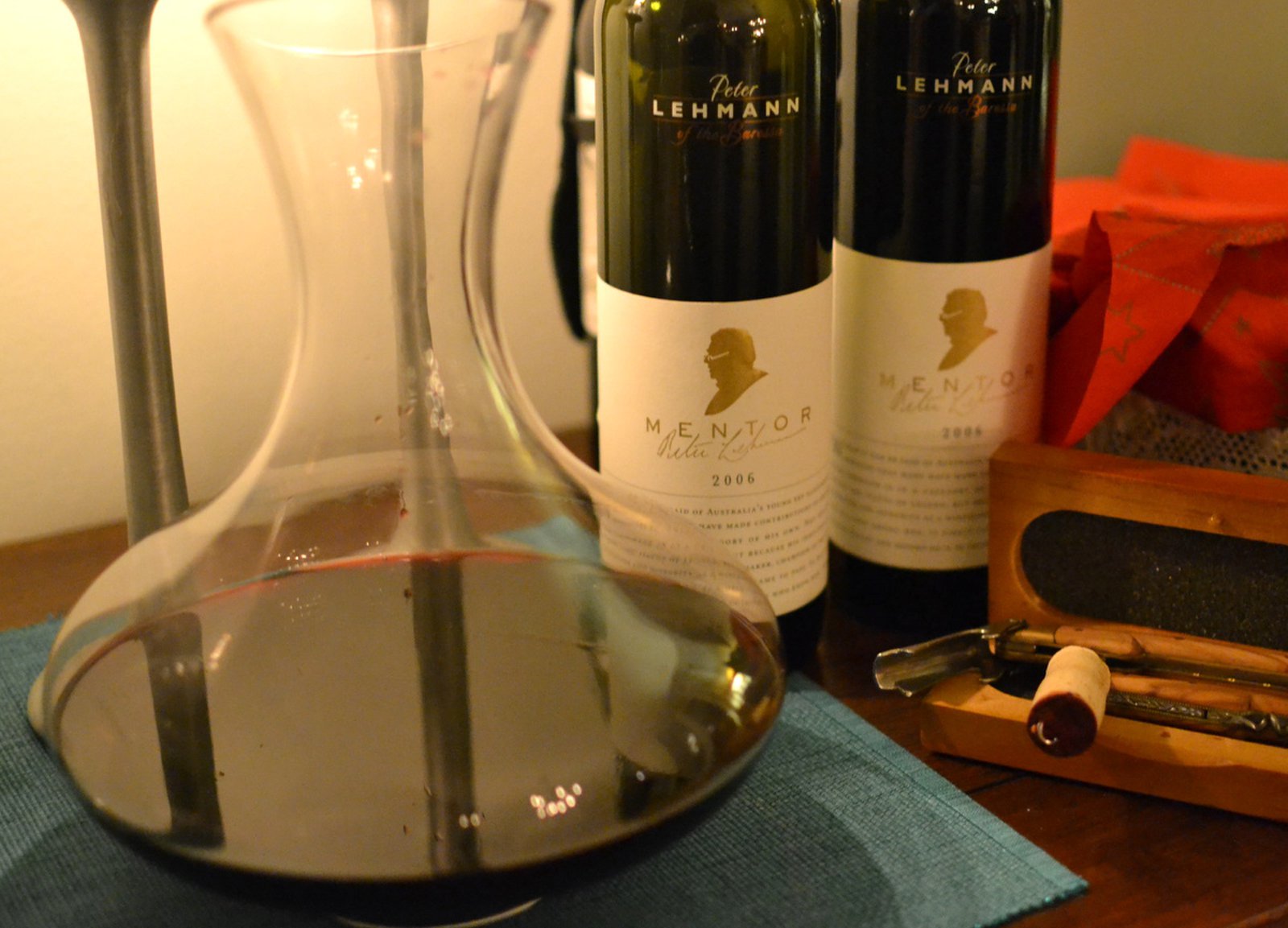
We drank very good wine with the food. Peter Lehmann Mentor from 2006. This is an Australian wine from the Barossa valley in southern Australia. I think I have tasted most of the wines from this producer and he is a long time favorite. The Mentor wines I have only tasted a few times before. I remember the first time I tasted it 8 years ago and really enjoyed it. Then again this summer and now - and it was as pleasing as before. The wine is 100% Cabernet Sauvignon grapes that is kept in french oak barrels for 18 months before being bottled. This is the wine Cabernet wines aspires to be - scents of dark berries, chocolate, even hint of coffee and oak. A full wine that fills the mouth - with dark fruit and a long aftertaste. Worked a charm with the Wellington beef.
Bon appetit.









